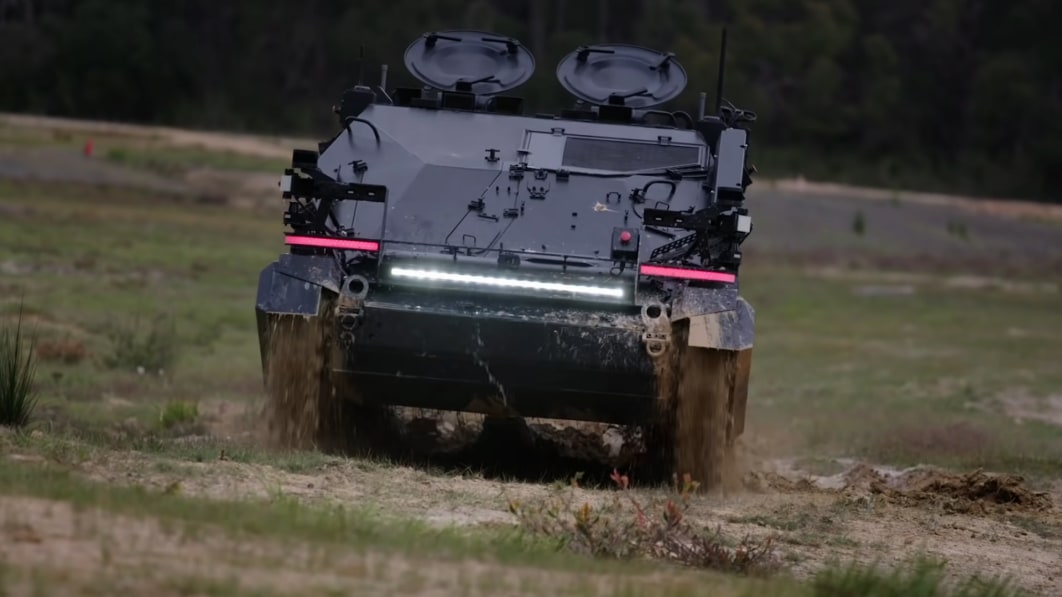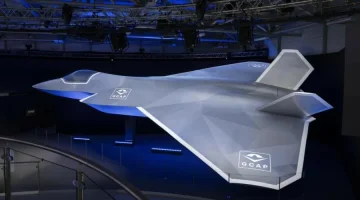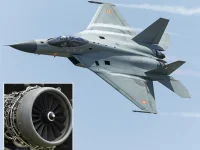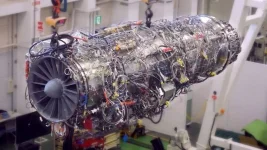- Views: 532
- Replies: 2

In a significant advancement for autonomous military technology, Japan's Acquisition, Technology & Logistics Agency (ATLA) and India's Defence Research and Development Organisation (DRDO) have successfully completed a joint research project.
With a focus on enhancing navigation systems for unmanned ground vehicles (UGVs) and robots, the collaboration has yielded promising results.
The Challenge: Reliable Navigation in Complex Environments
Military operations often take place in complex environments where traditional Global Navigation Satellite Systems (GNSS) can be unreliable. Signals can be obstructed in dense forests, urban areas, or be subject to intentional jamming.This poses a significant challenge for autonomous vehicles that rely on precise navigation for mission success.
The Solution: Visual SLAM-based GNSS Augmentation
The collaborative project, titled "Project Arrangement Concerning the Visual SLAM-based GNSS Augmentation for UGV/Robotics between Japan and India," aimed to address this challenge.It combined the strengths of ATLA's Future Capabilities Development Center and DRDO's Centre for Artificial Intelligence and Robotics (CAIR) to develop a solution using Visual SLAM (Simultaneous Localization and Mapping).
Visual SLAM allows autonomous vehicles to build a real-time map of their surroundings using cameras and other sensors. This map supplements GNSS data, creating a more robust and reliable navigation system even when traditional signals are compromised.
Implications and Future Developments
This successful joint research project marks a significant step forward for both Japan and India in the development of autonomous military vehicles.The enhanced navigation system has the potential to revolutionize how UGVs and robots operate in complex and unpredictable environments, increasing their effectiveness and mission flexibility.
Beyond its immediate military applications, the advancements made in this project could also contribute to the development of autonomous vehicles in civilian sectors like logistics, transportation, and disaster response.
The collaboration between Japan and India highlights the growing importance of international partnerships in the field of defense technology. By sharing expertise and resources, nations can accelerate innovation and achieve breakthroughs that would be more challenging to reach individually.



